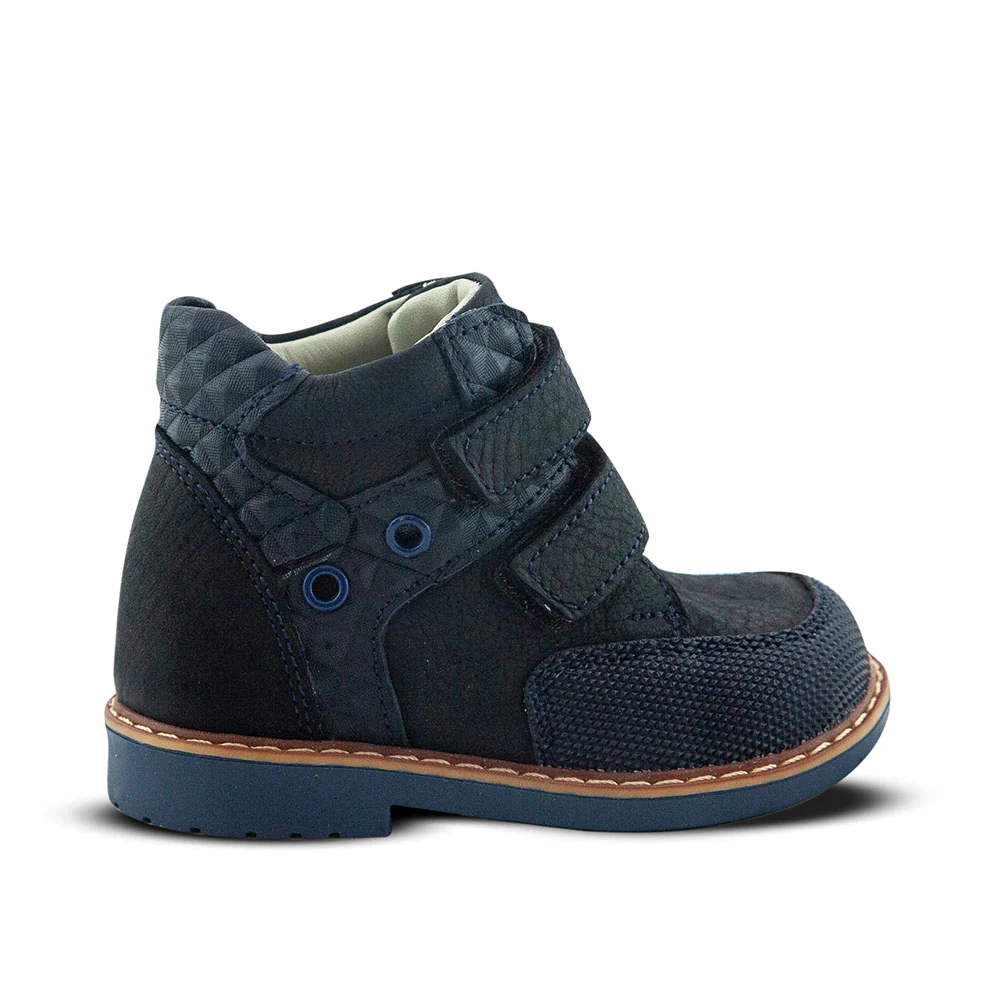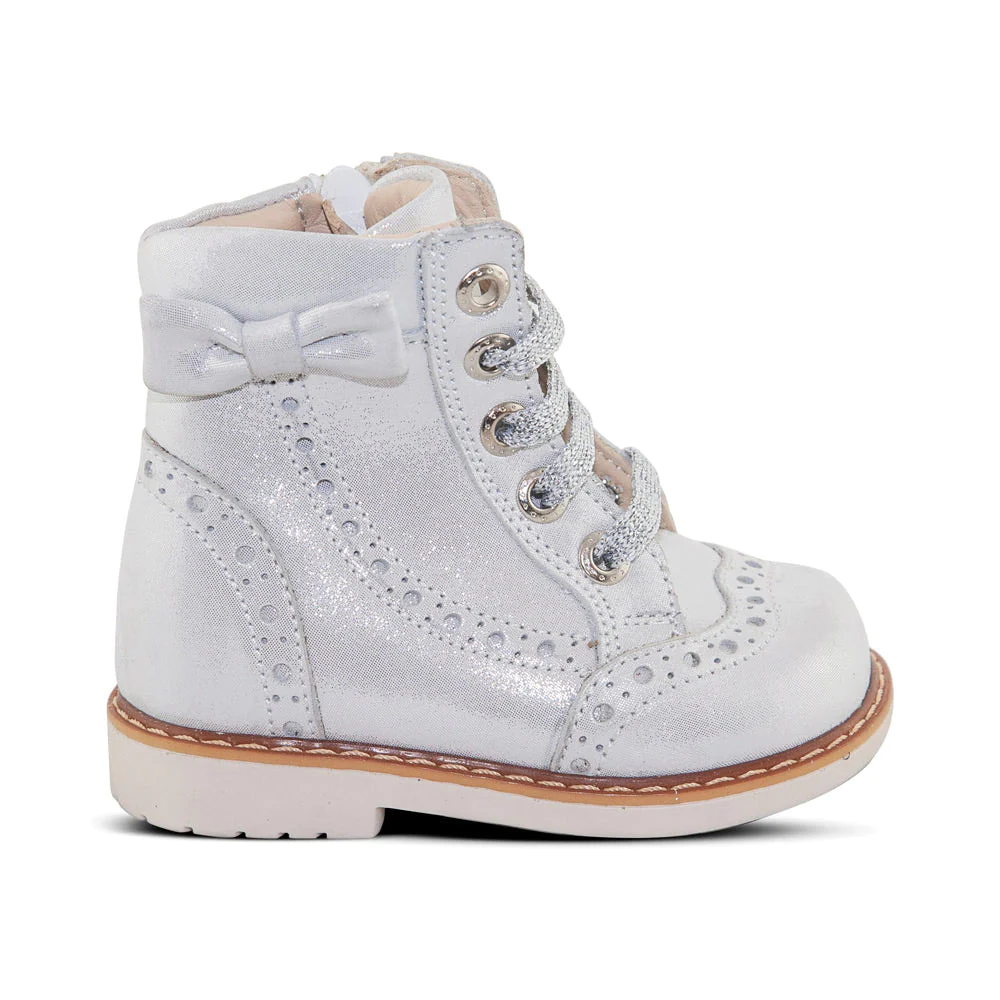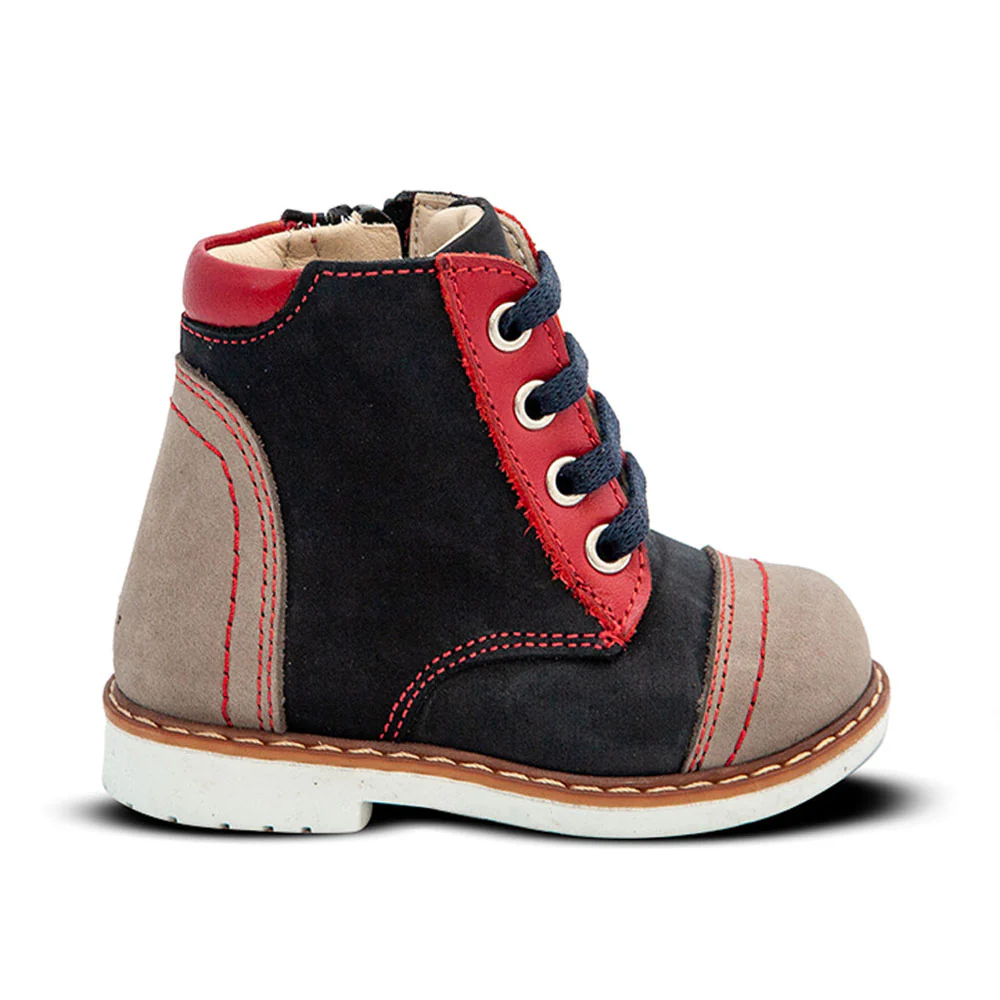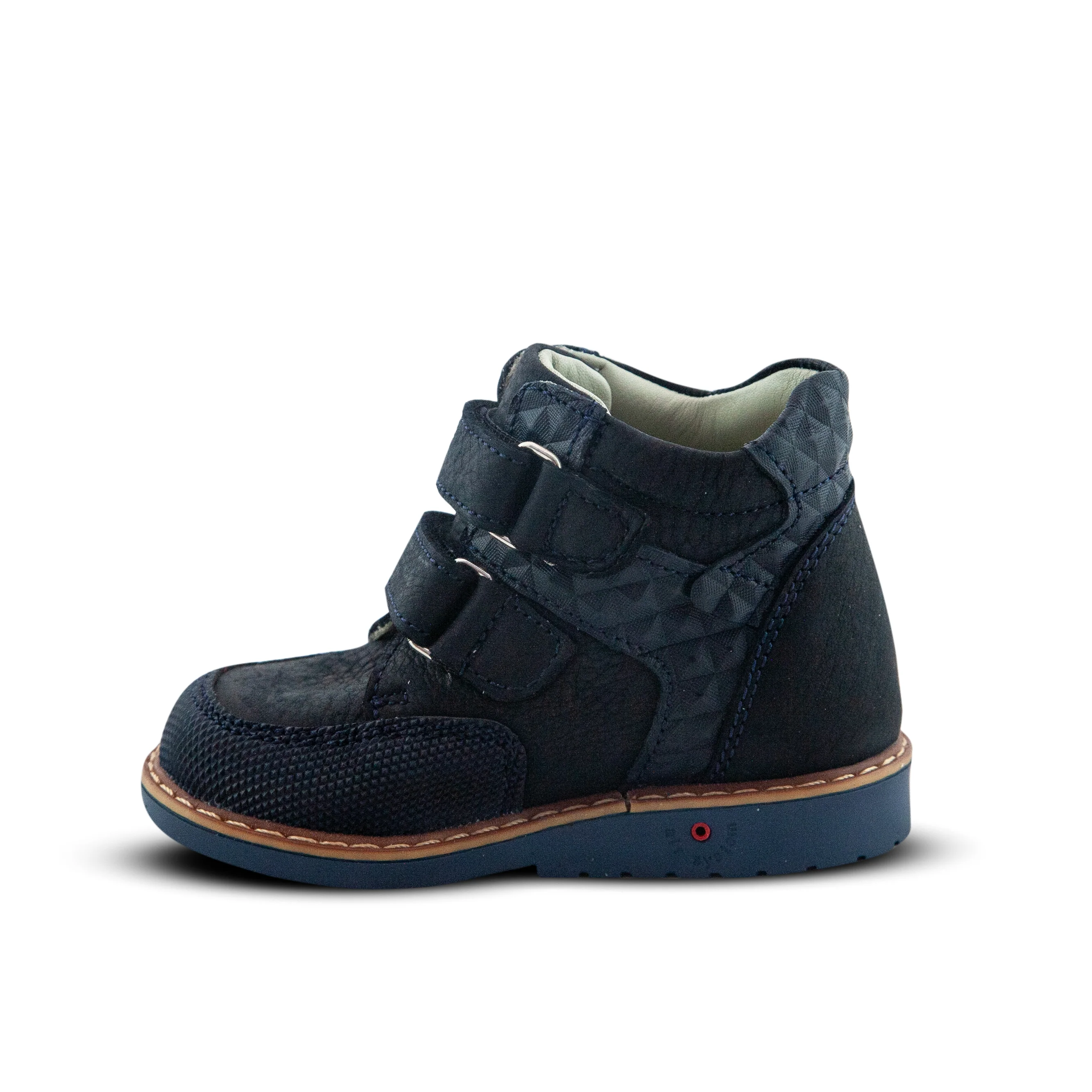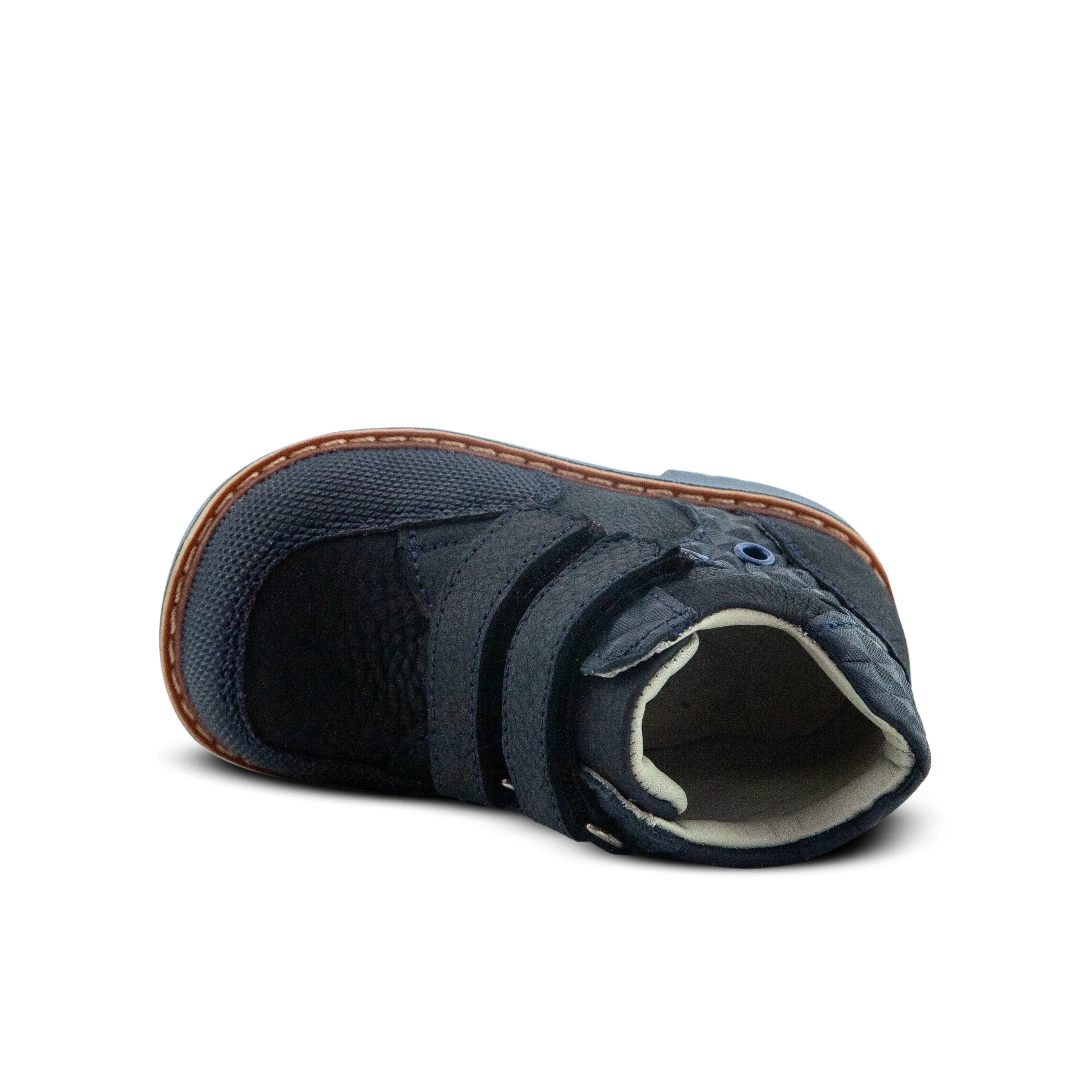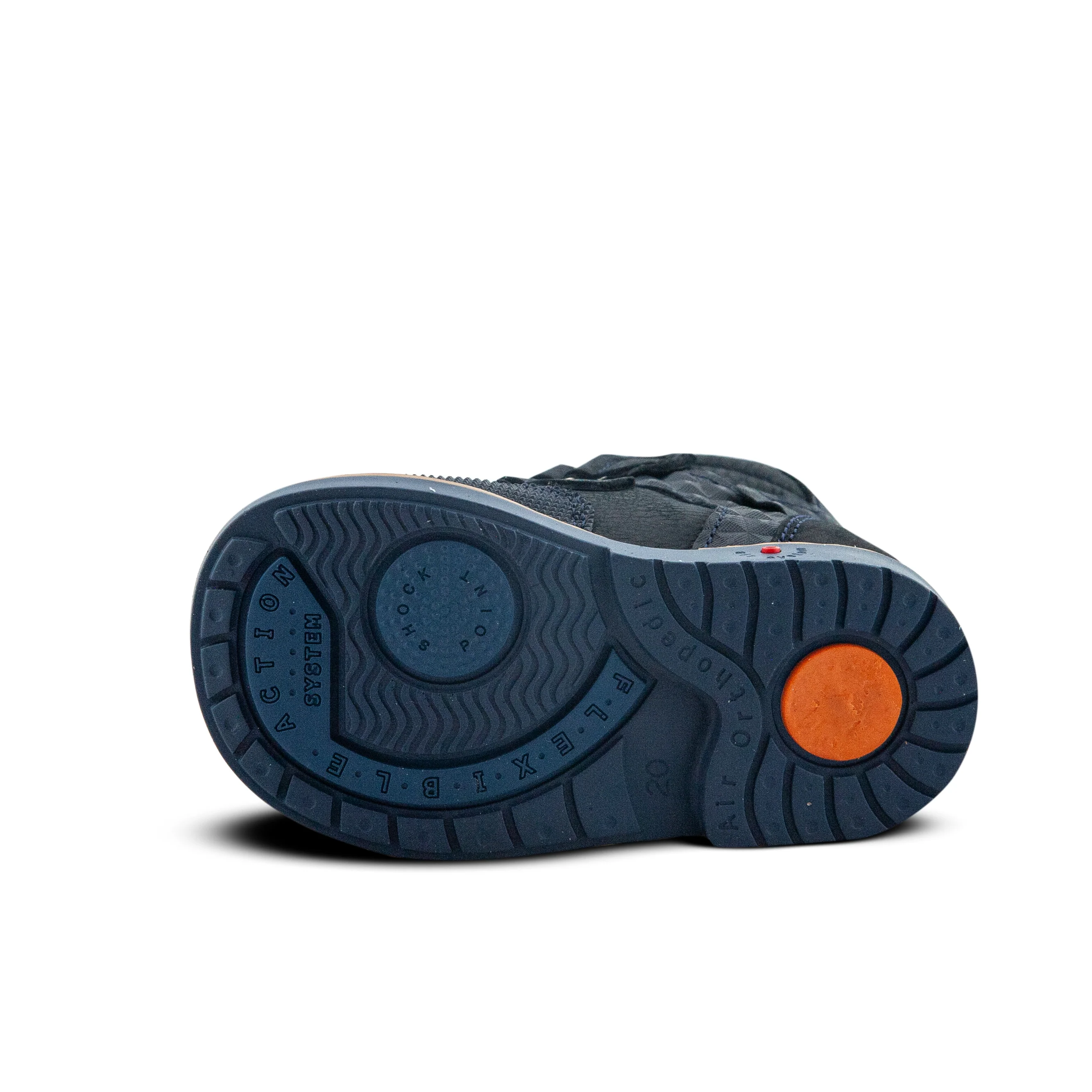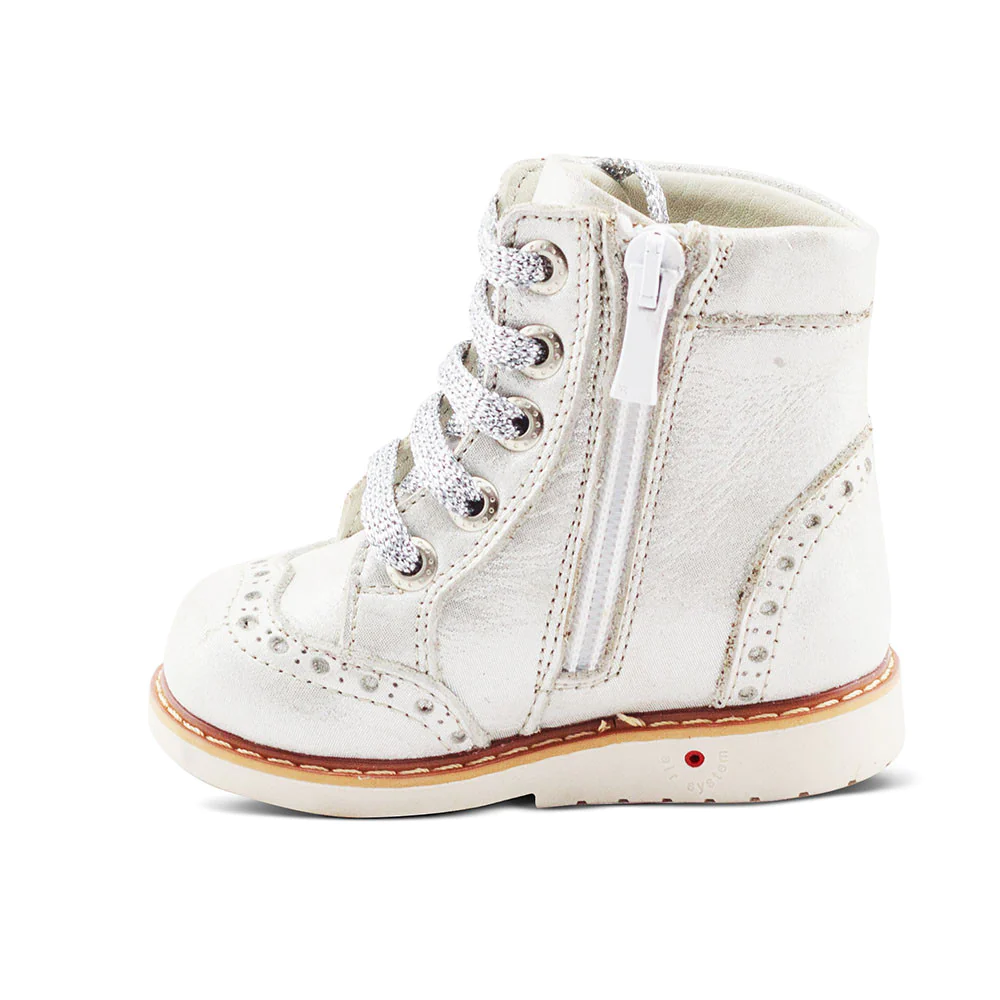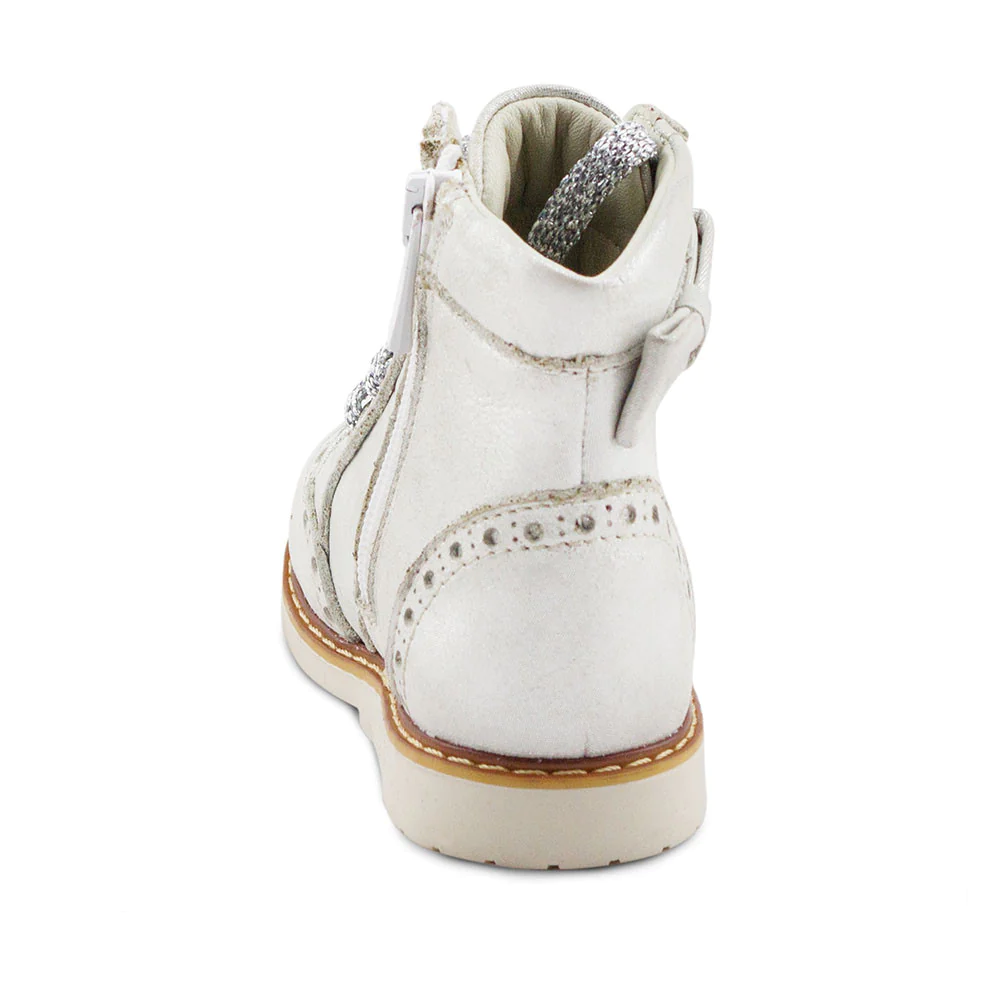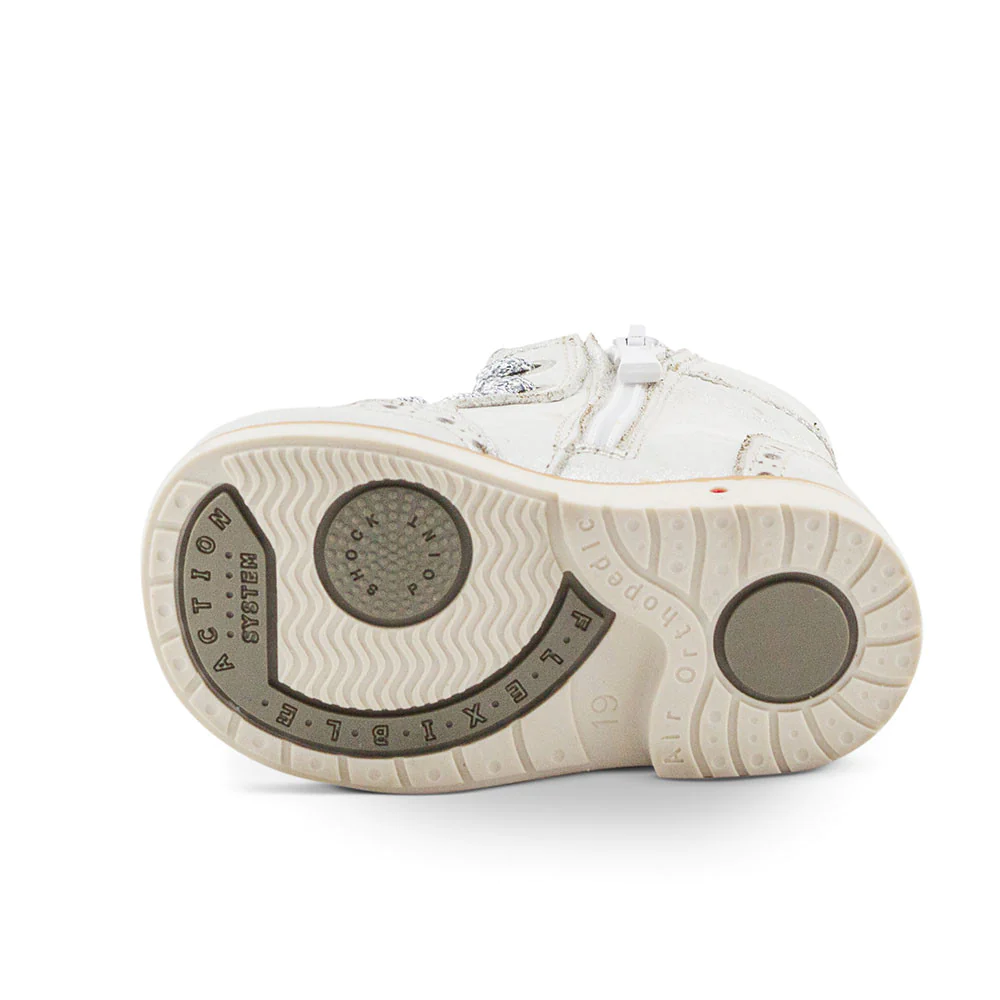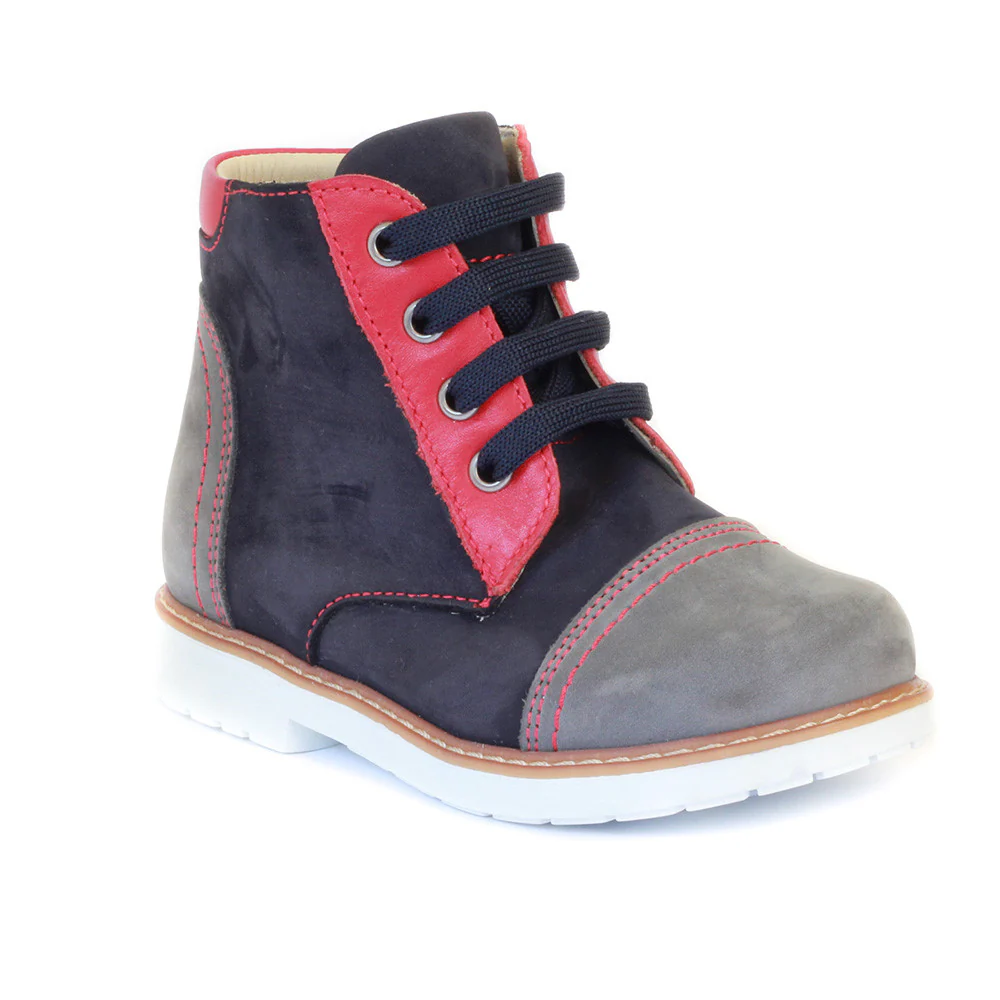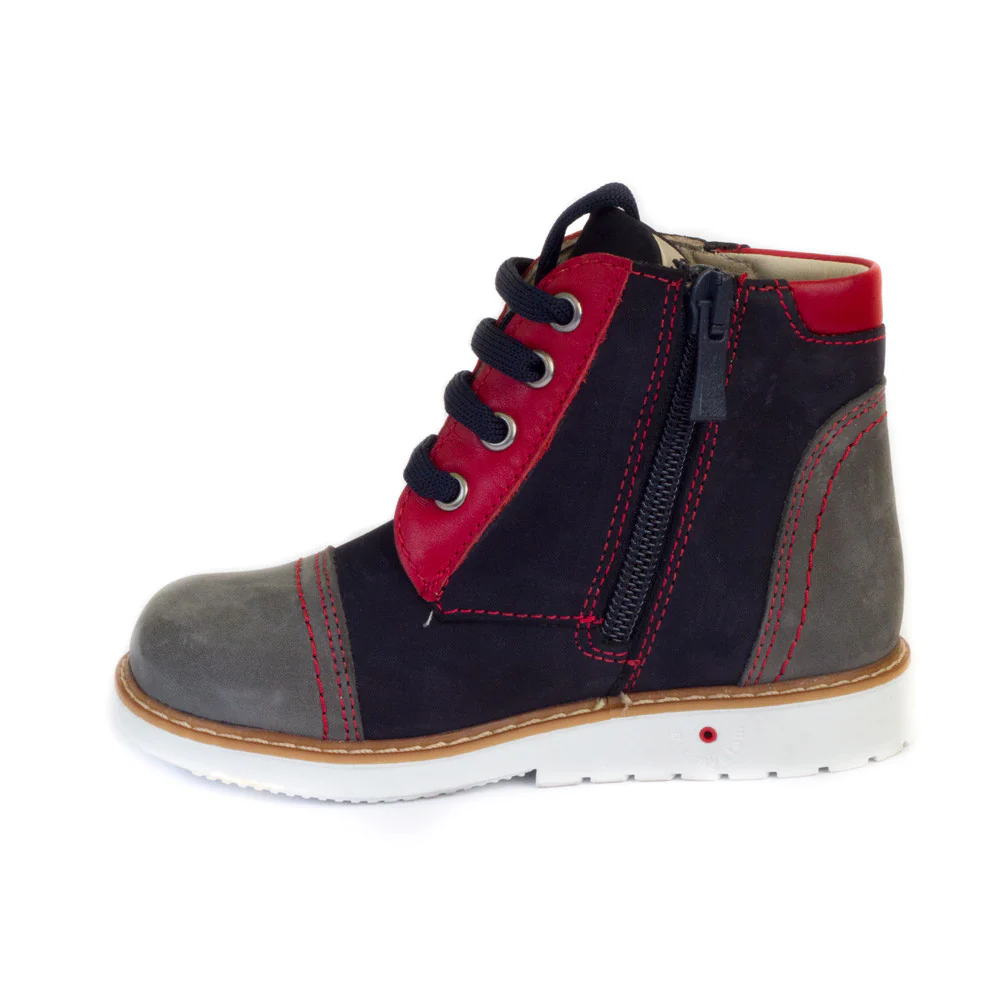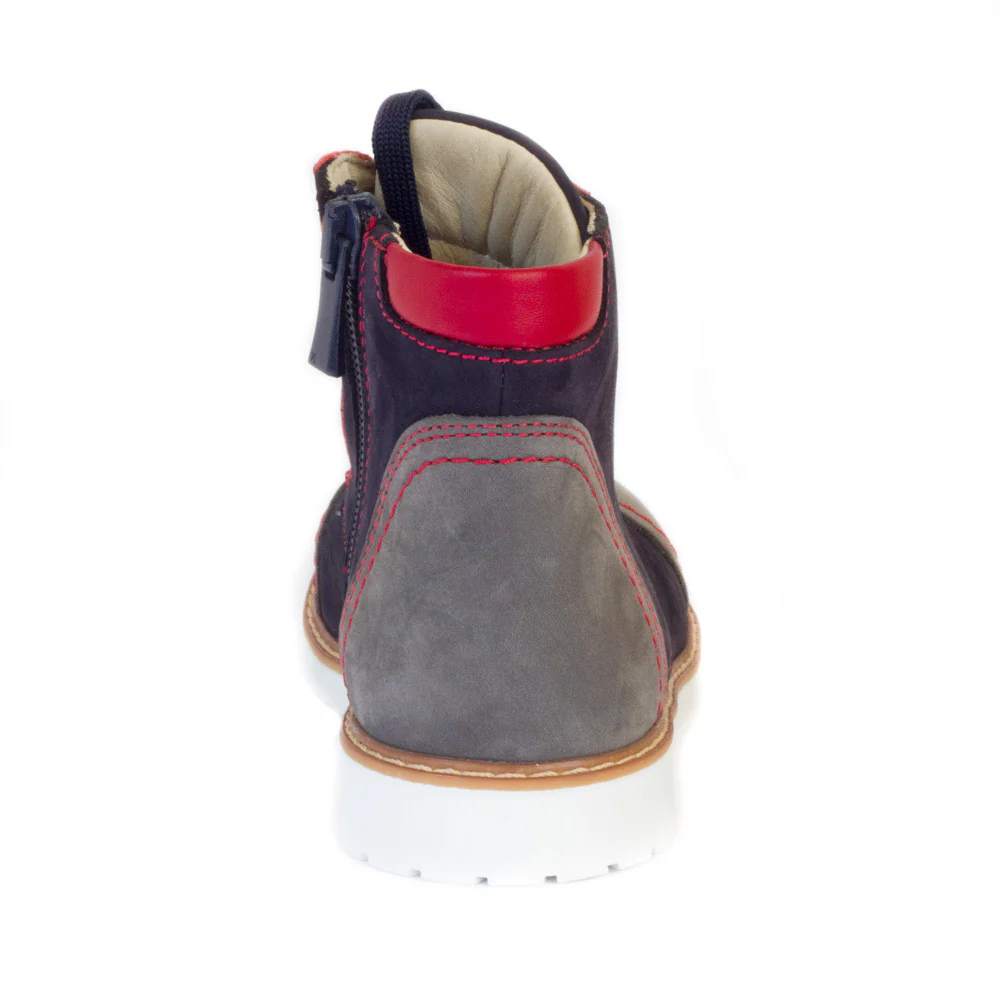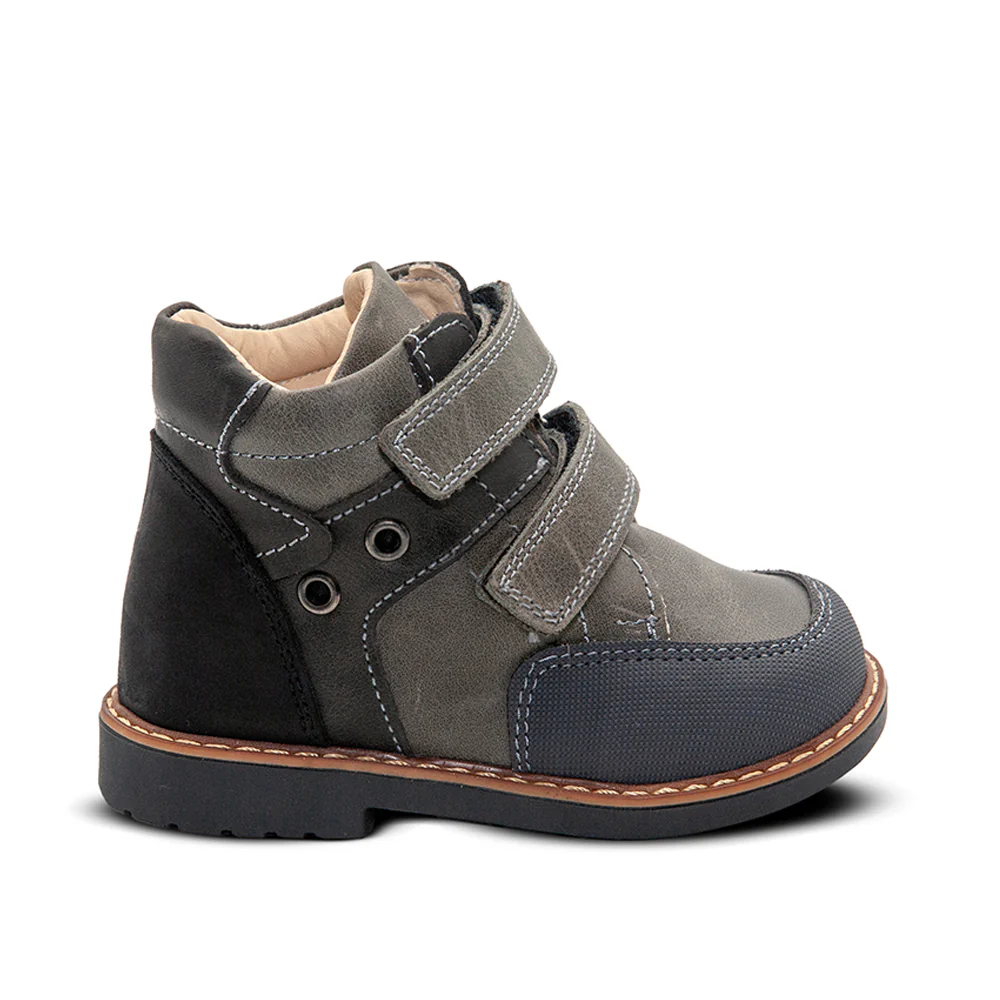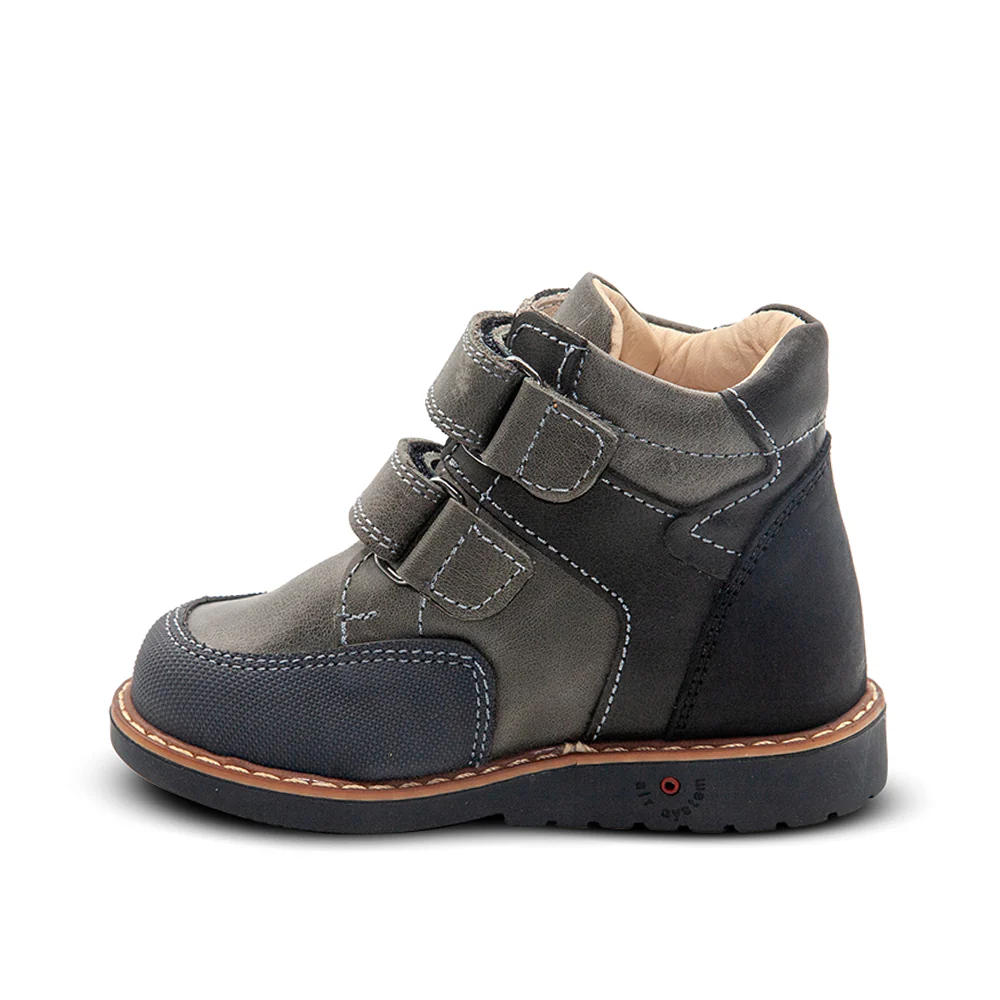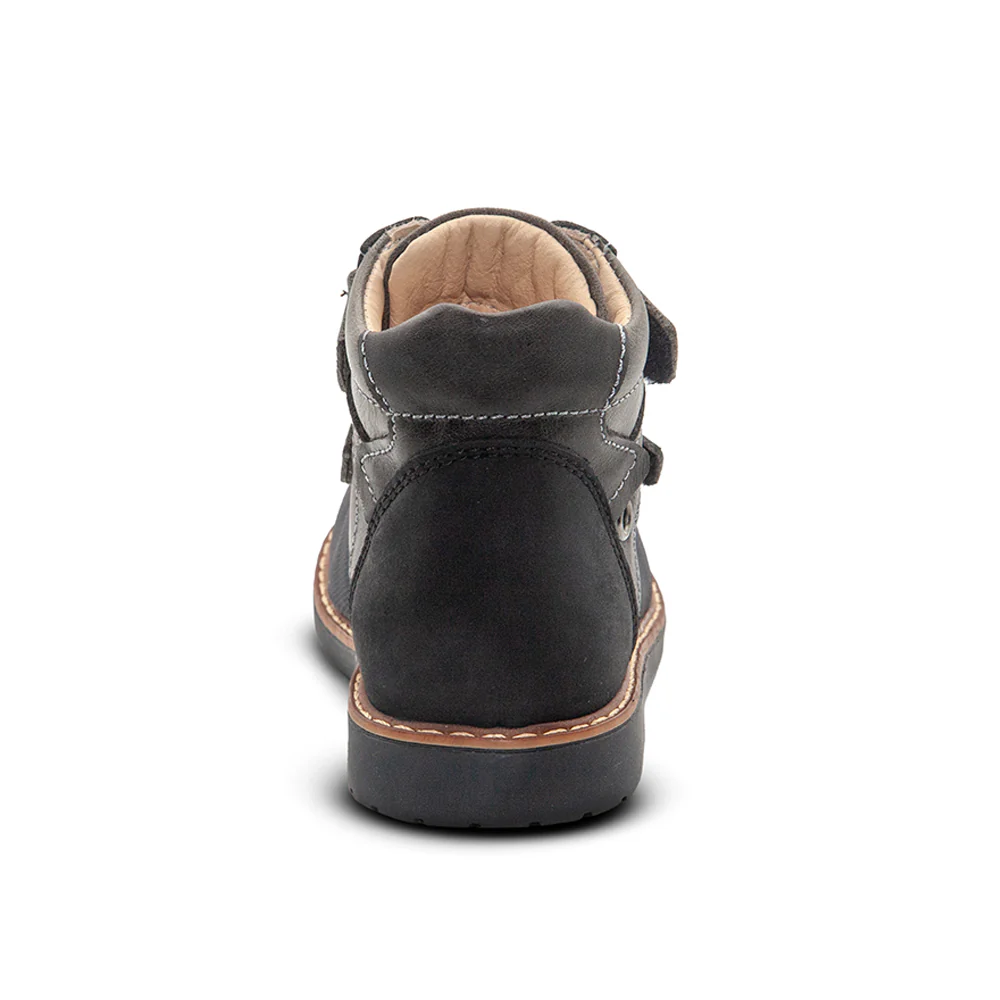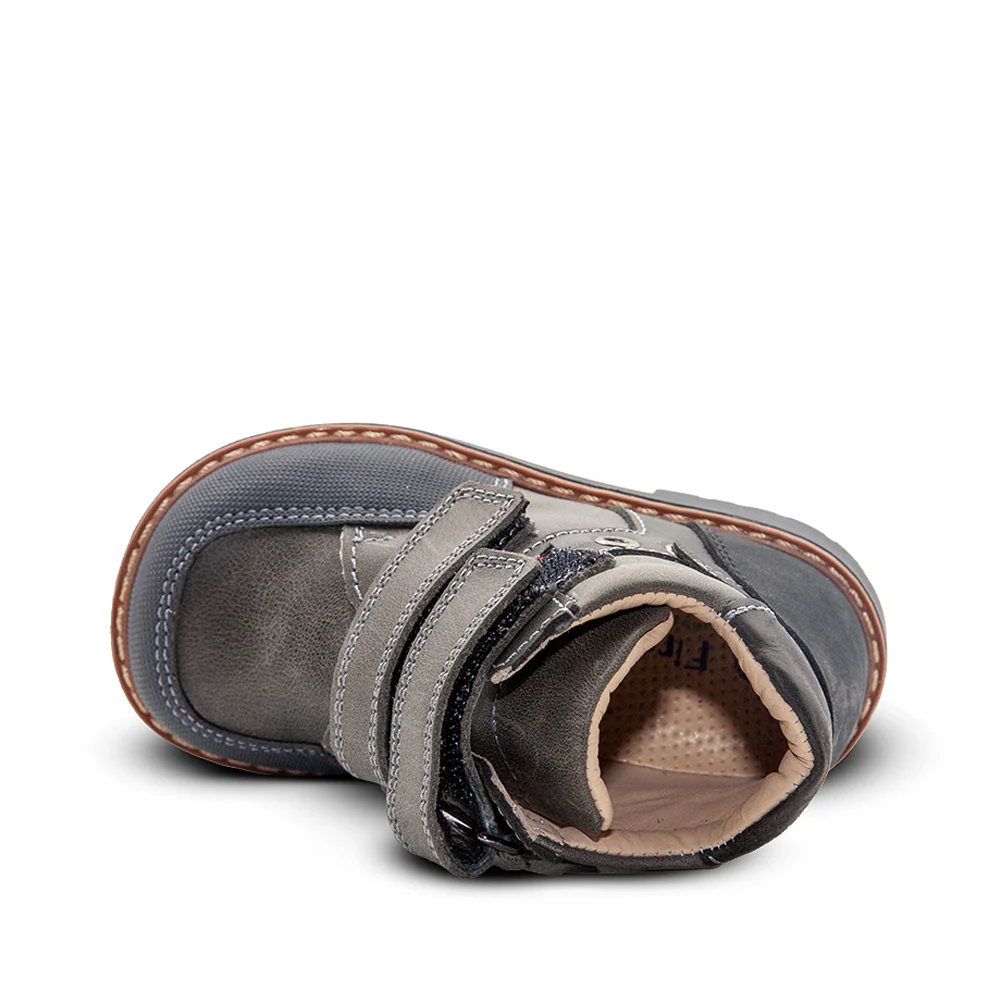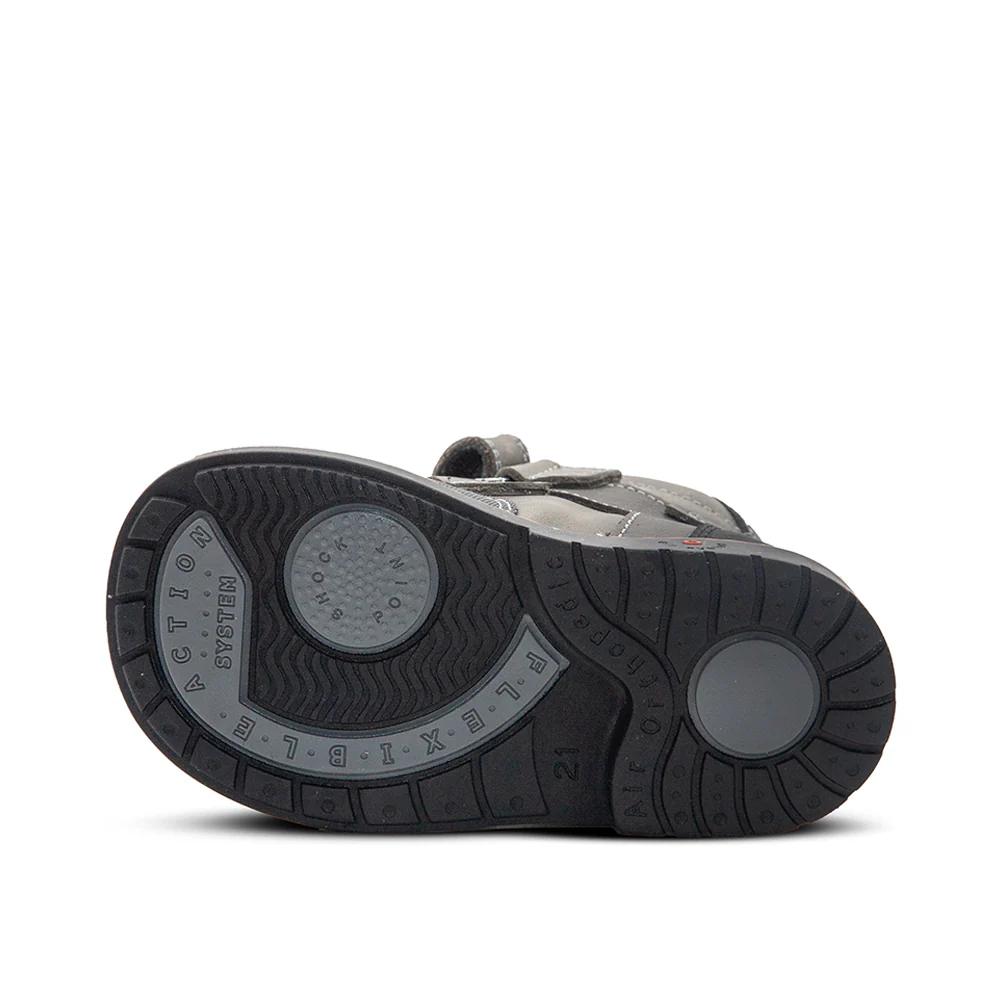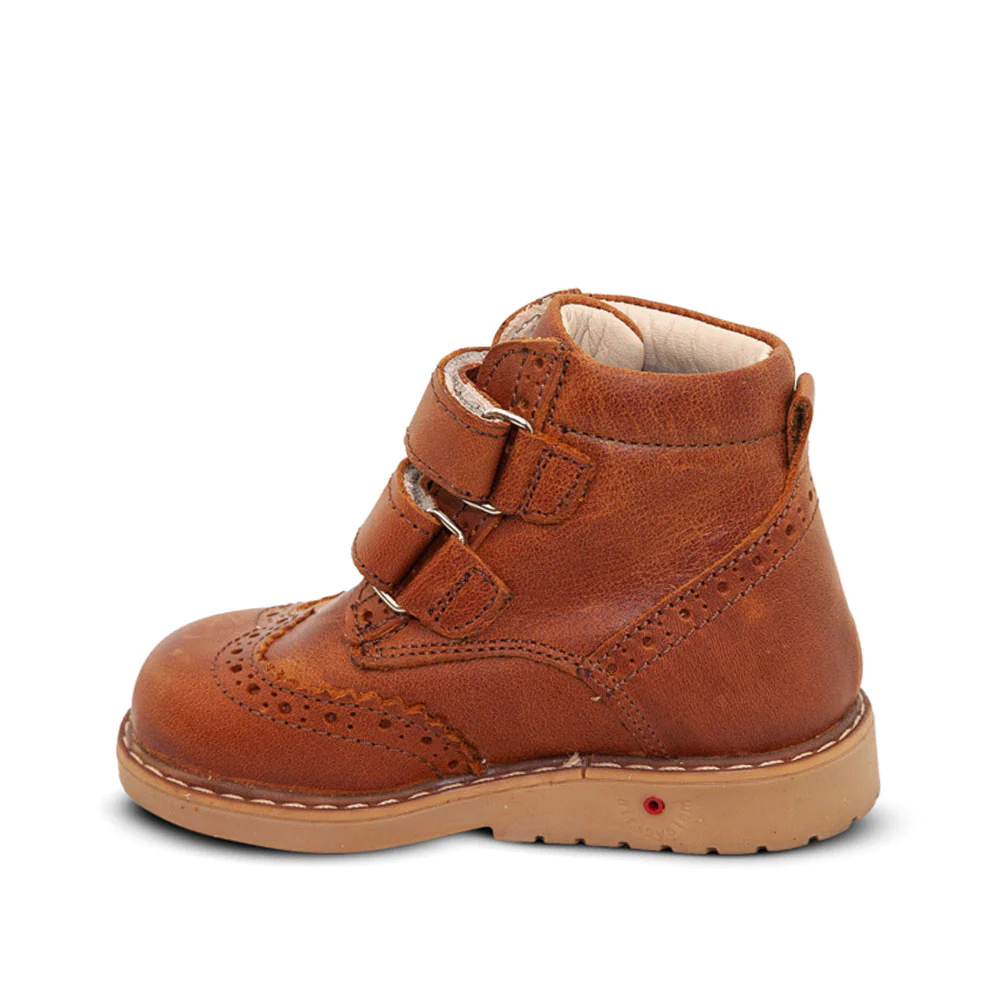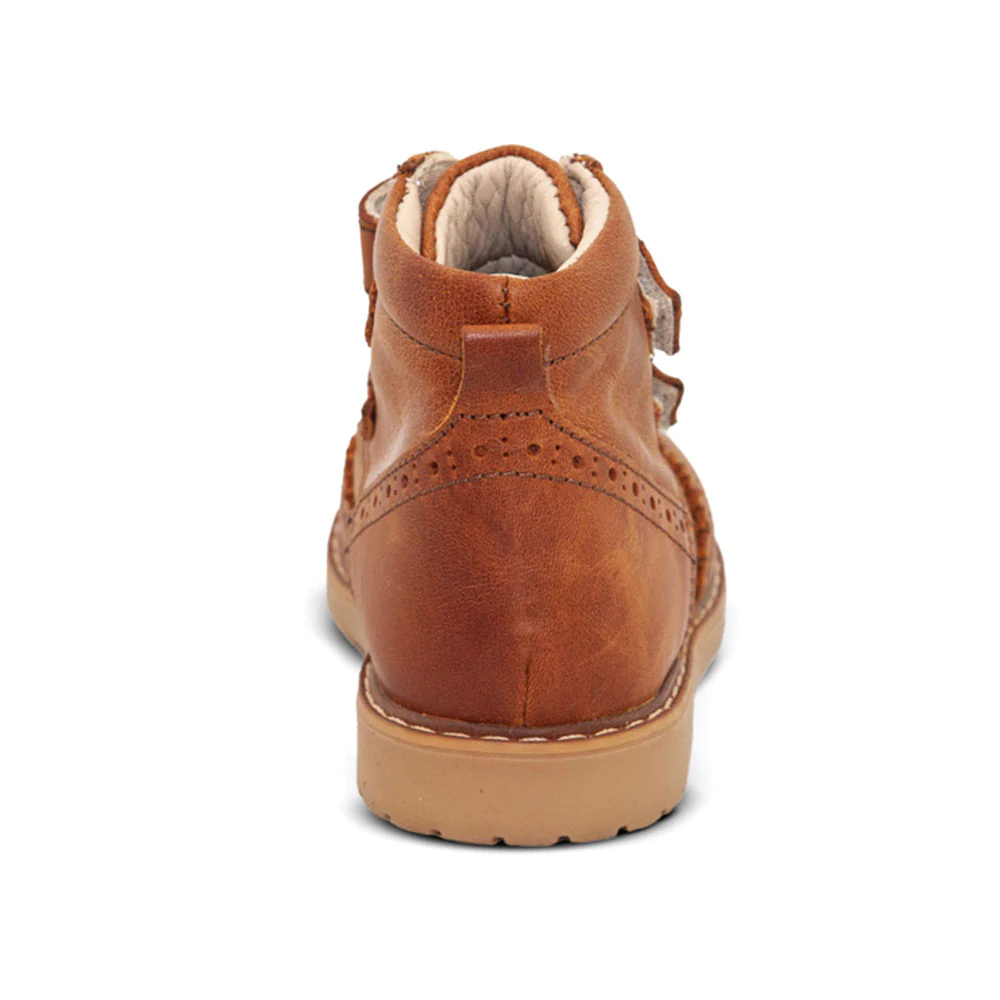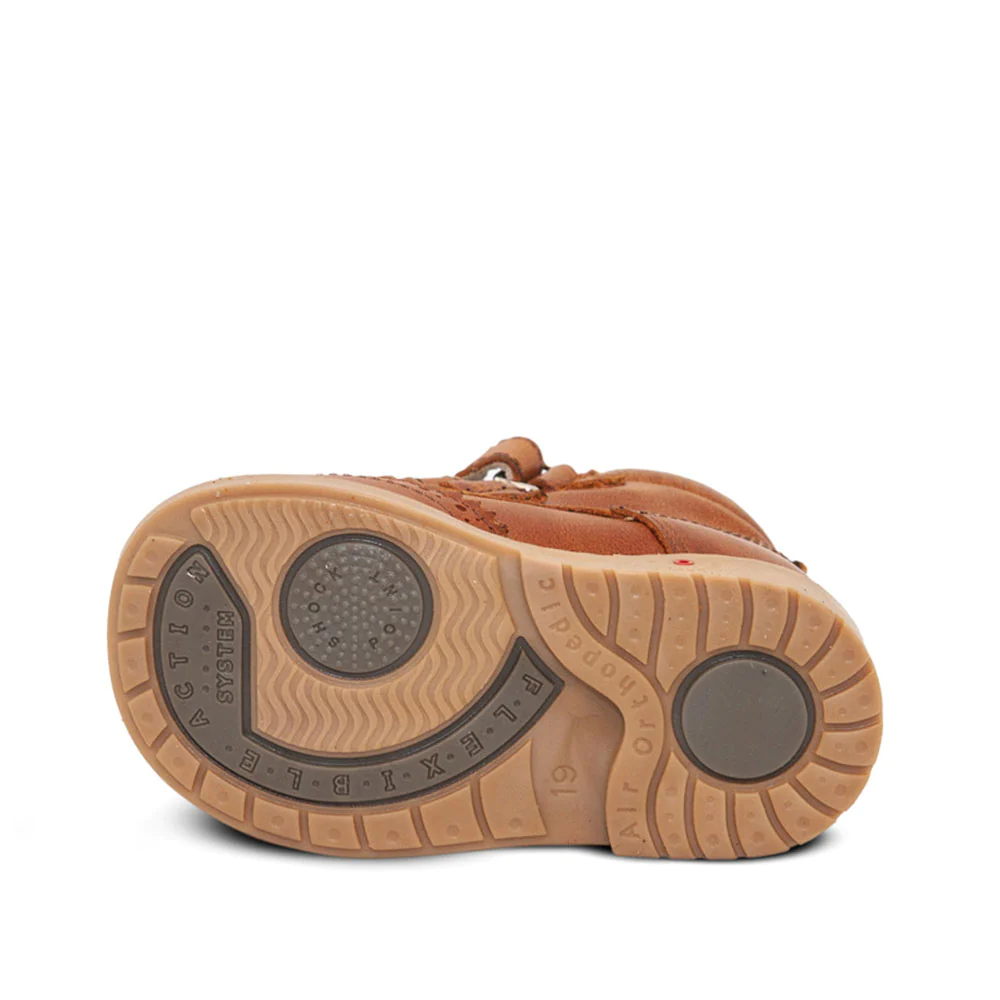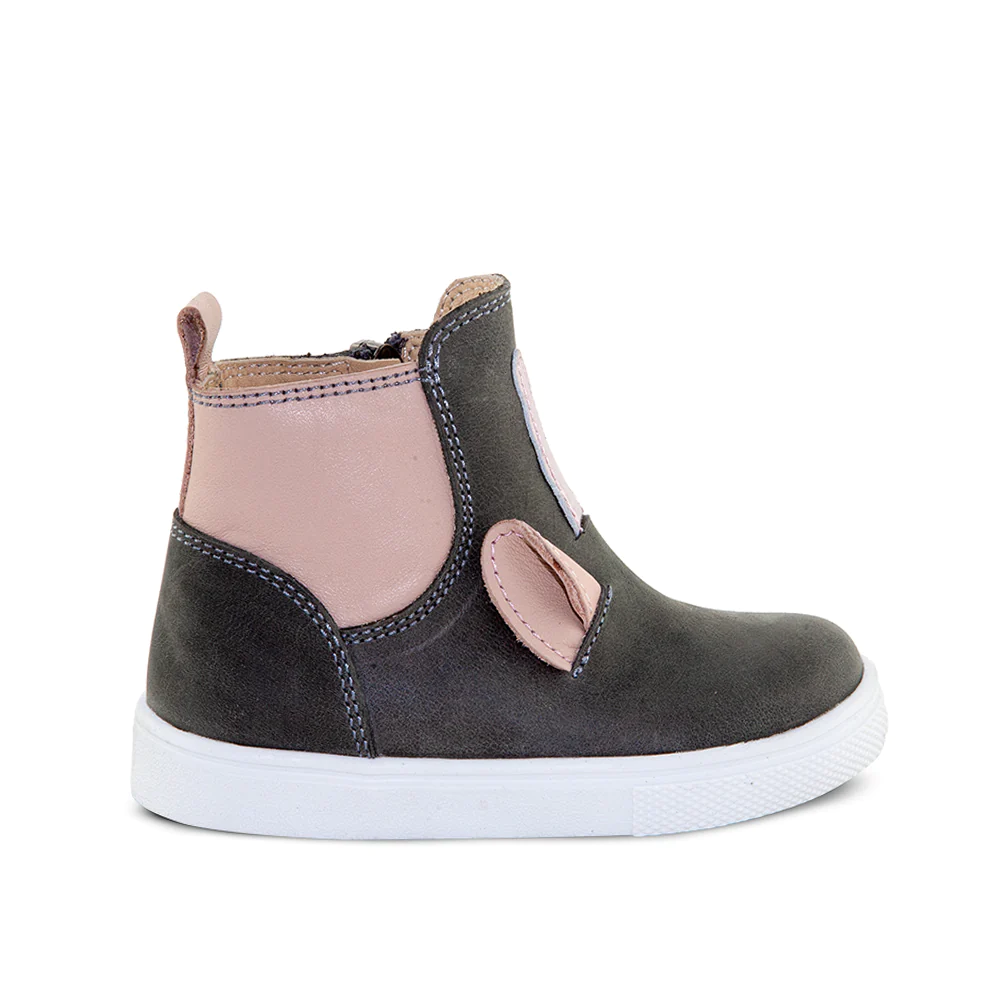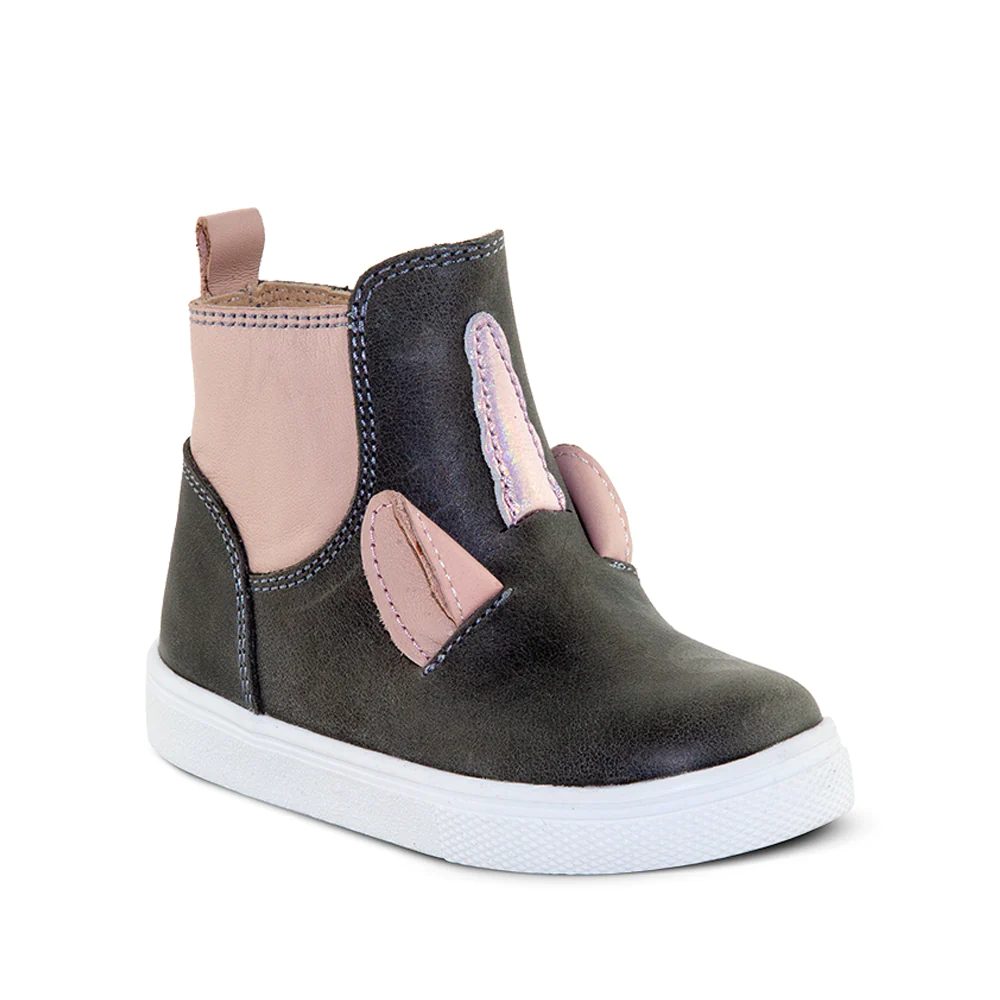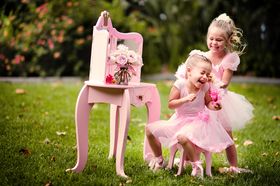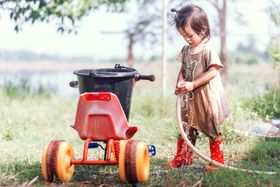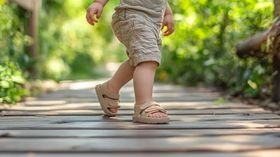6 Best Flexible Toddler Boots for Comfort and Movement
Do your toddler’s boots feel clunky or stiff? That might be affecting how they move and grow. Find out what makes a flexible boot and which ones work best.
Published April 12, 2025.
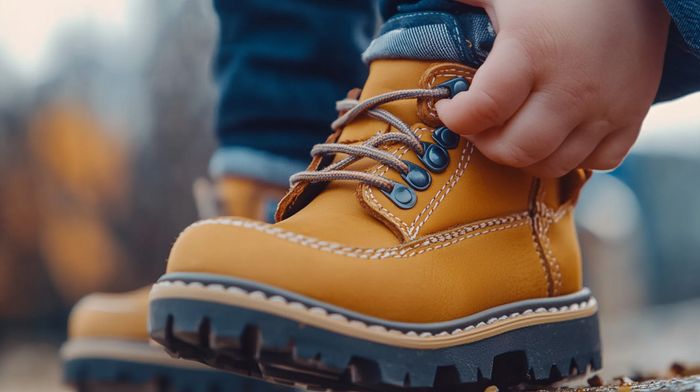
Choosing the right shoes for toddlers isn’t just about style or size—it’s about supporting growing feet during one of the most important stages of development. Between the ages of one and three, toddlers’ feet go through rapid changes that affect how they walk, run, and explore their world. That’s why flexibility in toddler boots is so important.
Let’s explore what makes a great flexible boot, how rigid shoes can cause problems, and which toddler boots top the list for comfort, support, and movement.
» Find the perfect boots for your toddler in our collection
Why do toddlers need flexible boots?
During the toddler years, the bones in the feet are still soft and developing. Much of the foot is still cartilage, and there’s often a fat pad where the arch will eventually form. As toddlers begin walking, running, and jumping, they rely heavily on sensory feedback to develop their gait and balance.
Shoes that are too stiff can limit foot mobility, prevent the natural splay of toes, and reduce that essential sensory input. Flexible toddler boots support healthy growth by allowing natural movement, protecting small feet, and helping build strong foot muscles.
» Parents also ask: Is it bad for toddlers to wear shoes that are too big?
Materials and construction: Why they matter
A toddler boot’s flexibility, comfort, and performance are closely linked to what it’s made of and how it’s put together.
- Rubber soles offer excellent grip and can be soft enough to allow natural movement. They're great for slippery or uneven surfaces.
- Leather uppers mould to the foot over time and offer durability plus some breathability.
- Knitted fabrics are lightweight, breathable, and super flexible—perfect for warmer months or very active toddlers.
- Stitched soles are often more durable and flexible long-term than glued ones, which may harden or separate with use.
» Find out more about the best materials for kids shoes
Best material combos for flexibility and comfort
The ideal toddler boot blends knit fabric for airflow, a rubber outsole for grip and motion, and leather for structure and support. This combination offers flexibility, breathability, and traction—everything a busy toddler needs.
What can go wrong with rigid boots?
1. Impaired foot muscle development and arch formation
Stiff shoes restrict foot motion and prevent proper muscle engagement. Over time, this can weaken the muscles that support the arch and cause flat feet. Research shows that shoes limiting plantarflexion and dorsiflexion (toe pointing and lifting) may negatively affect the arch and lead to underdeveloped foot mechanics.
2. Gait deviations
Poor flexibility in boots can interfere with natural walking patterns. Studies have shown that flexible footwear positively affects gait characteristics like stride length, cadence, and stance time. Rigid shoes can disrupt balance, limit motion, and cause toddlers to adopt unnatural walking styles. This can affect posture and lead to longer-term mobility issues.
» Understand more about gait abnormalities in children
Our Top Flexible Boot Picks for Toddlers
Best flexible toddler boots for comfort and movement
When it’s time for a new pair
Even the best boots have a lifespan. Here are two signs your toddler’s flexible boots need replacing:
Frequent falls or awkward walking
If your child starts dragging their feet, tripping, or walking differently, it could be a sign the boots no longer fit well. Worn-out soles, tight toe boxes, or stretched-out fastenings might be to blame.
Visible toe crowding
Check if the toe area looks squished or if you can see toe outlines pressing against the material. Curled toes and signs of discomfort mean the boots are too tight—even if they’re still flexible.
» Find out how much wiggle room should be in your toddler's shoes
When to switch to more structured boots
As toddlers grow stronger and begin engaging in more adventurous play—like walking on uneven paths, climbing, or hiking—it may be time to upgrade. Around age 2.5 to 3, many toddlers benefit from slightly more structured boots with added grip and ankle support.
The goal isn’t to restrict movement, but to offer protection and durability for rougher activities. Just make sure any added structure still allows for natural movement.
» Measuring your toddler's feet can help decide when to get new boots
Support their steps with the right fit
Choosing flexible toddler boots isn’t just a nice-to-have—it’s a big step in supporting your child’s healthy development. When boots bend and move with little feet, they help build strength, balance, and coordination.
The right pair will offer just enough structure for support without impeding natural movement. Think soft, breathable materials, grippy soles, and designs that allow for toe wiggle and happy steps. Don’t forget that comfort matters just as much as fit.

